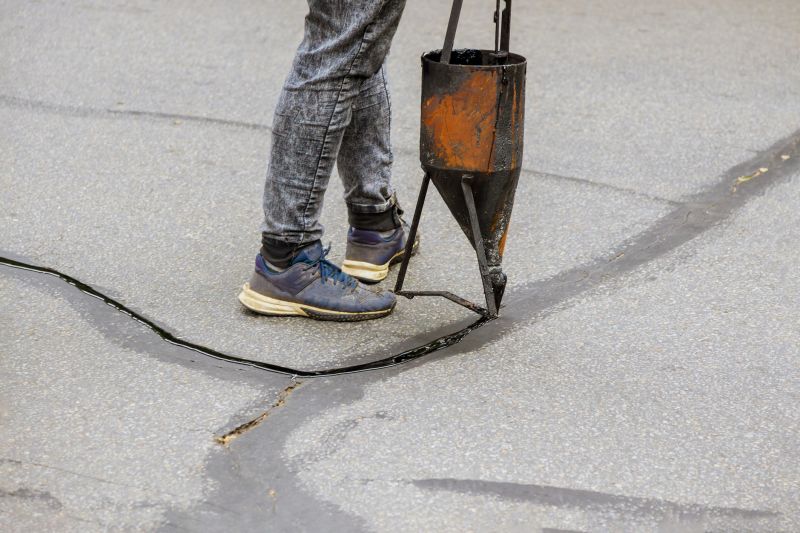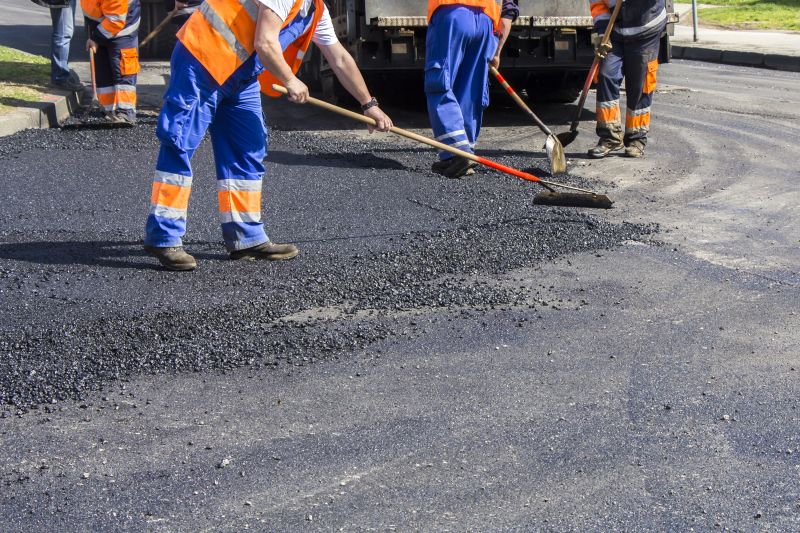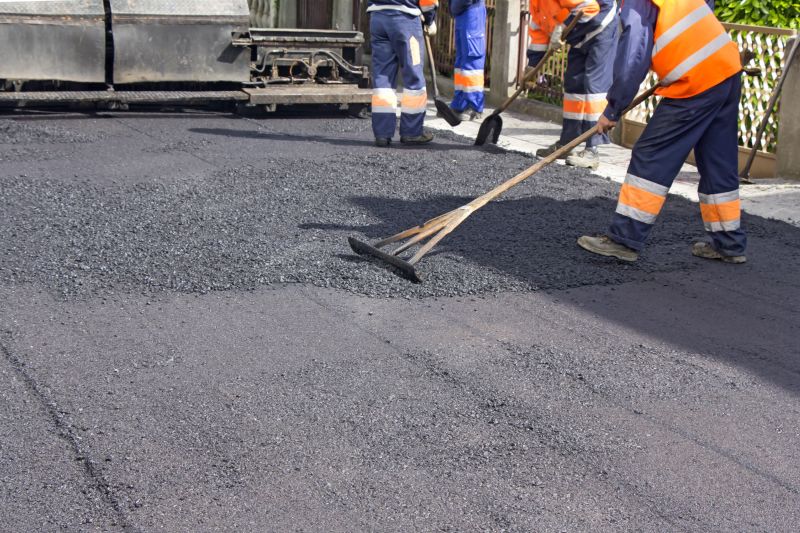Optimal Timing for Pavement Maintenance
Pavement service involves maintenance and repair activities that extend the lifespan of asphalt and concrete surfaces. Proper timing ensures optimal results, cost efficiency, and minimal disruption. Seasonal factors, weather conditions, and pavement condition are key considerations for scheduling pavement work.
Late spring and early fall are ideal times for pavement maintenance due to moderate temperatures and stable weather conditions.
Dry weather with temperatures between 50°F and 85°F supports effective pavement work and curing processes.
Regular inspections help determine the best time for repairs, preventing deterioration and costly replacements.
Extreme heat can cause asphalt to soften, while cold temperatures hinder proper compaction and bonding.

Spring offers ideal conditions for asphalt repairs and sealing.

Fall provides cooler temperatures suitable for sealing and crack filling.

Dry, mild weather supports effective pavement installation and repairs.

Ways to make Pavement Service work in tight or awkward layouts.

Popular materials for Pavement Service and why they hold up over time.

Simple add-ons that improve Pavement Service without blowing the budget.
| Season | Recommended Activities |
|---|---|
| Spring | Seal coating, crack filling, minor repairs |
| Summer | Avoid scheduling during peak heat, focus on maintenance |
| Fall | Seal coating, crack filling, preparation for winter |
| Winter | Limited pavement work, planning and inspections |
Pavement service is essential for maintaining the safety, appearance, and longevity of parking lots, driveways, and roads. Proper timing reduces the risk of damage caused by weather extremes and traffic loads. Regular maintenance can prevent costly repairs and extend pavement life, making scheduling during favorable conditions a strategic choice for property owners.



